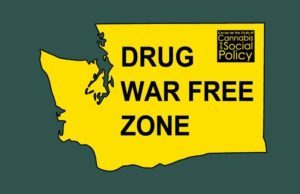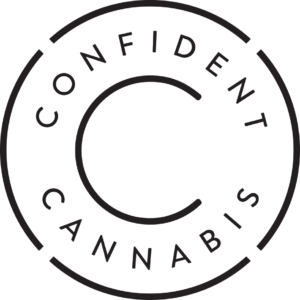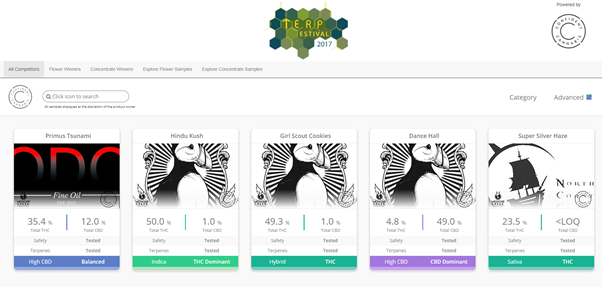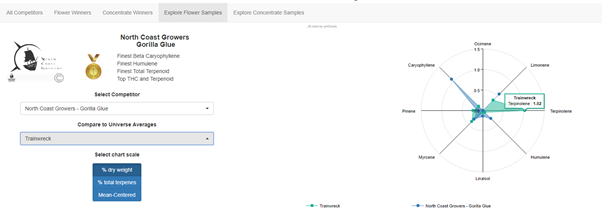by Dr. Dominic Corva, Social Science Research Director
How are cannabis markets and policy experiments changing society? The first thing to understand is that cannabis markets, like all markets, exist in relation to State policy. We understand State policy through the lens of prohibition: the total ban on some drugs and drug plants. Clearly, there’s a radical transformation going on that means we really need to understand how prohibition is being transformed — radically — by State “experiments in democracy” associated with the paradox of States choosing to opt out of Federal law without leaving the Union itself.
This assertion, or axiom, or assumption, depending on one’s point of view, contradicts a lot of what you read in the headlines. Isn’t legalization changing cannabis markets by creating regulations and licensing schemes at a rapid rate? The answer is yes, but not as fast as media advertisers would have you believe. There are three up-and-running State-supervised legal cannabis markets right now — Washington and Colorado, who were first; and Oregon, which chose to fast-track its market development by taxing first and regulating later.
In the grand scheme of things none of these states are particularly significant relative to California consumption and production, for example –or, I would argue, New York City, where cannabis delivery services have been effectively decriminalized for decades.
The first question to ask for this introduction is, what are cannabis markets and how have they changed over time? Let’s narrow down our field of inquiry by time and place, focusing narrowly on the United States and the last 40 years or so. But let’s also start with the present.
At the present, there exists three discretely identifiable categories of cannabis market: black markets, medical markets, and taxed adult-use markets. Let’s simplify by using a color spectrum: black, gray, and white. Please note this is a spectrum, with both with and black bleeding into gray and vice versa. Later on perhaps we will try to think three dimensionally by looking at how white and black markets are more integrated than you might think.
It’s important to note that these colors, as I deploy them here, reflect a stigma-free taxonomy. None of these are assumed to be morally superior to the other, in my analysis here or at any time. This is a sharp difference from the way most people talk about them. I’m not trying to convince anyone to desire or not desire one over each other — in fact I insist that given their interdependency, it is not useful to do so.
I also reject arguments that using a color spectrum for taxonomy is inherently racist, since to accept that argument would mean applying it to all sorts absurdity, like the meaning of “black boxes” or “black operations.” We can argue about that later if readers insist.
The next thing to understand is that state policy is also a (possibly circular) continuum, from extremely punitive to bureaucratically regulated. This way to think about it is indebted to sociologists Harry Levine and Craig Reinarman, who insist that we think about prohibition as a continuum that reflects State interests that generally have to do with controlling undesirable populations; or geopolitical arrangements; or many other things that have nothing to do with drugs.
Levine’s framework accomplishes two things especially useful for figuring out current dynamics in landscapes of cannabis policy reform and market transformation.
The first has to do with understanding State Policy as an outcome of complex politics, rather than rational review or reformist attempts to improve the governance of free societies. This insight, drawn from the history of prohibition, helps us understand how cannabis legalization remains subject to highly political dynamics, to the exclusion of rational policy consideration.
The second has to do with understanding punitive prohibition, usually in the form of authoritarian policing, carceral fundamentalism, and sentencing policies, as a form of regulation. That is, prohibition doesn’t succeed in prohibiting. Instead it creates landscapes of risk of exposure to enforcement that are capitalized on by illicit (and now licit) market actors. Plenty of people do get caught! But those that get caught simply territorialize, or make real in the landscape, the value of avoiding getting caught. At times of high intensity, where lots of people or product get caught, the resulting market scarcity raises prices which make not getting caught far more profitable. Punitive policing creates more high risk, high reward markets, reflected in the trajectory of commodity prices at different parts of the value chain.
This insight helps us understand how current efforts to govern cannabis legalization are being pulled in many different directions, because they drastically shift the landscape of policing by introducing a much more robust and extended “other side” of punitive prohibition, that is marked by State efforts to regulate a market that was already being regulated (through policing); and remains in a sort of schizophrenic, bipolar relationship with different scales of government trying to do different things, from local municipalities that ban or zone out legal policy to an overarching Federal framework for which legal cannabis remains eligible for punitive prohibition, even if it isn’t being acted on right now.
This gets us to the highly volatile and dynamic contemporary phenomenon of cannabis legalization and market evolution. Or phenomena, since the policy geography of policy change is highly decentralized, while the new market processes are also highly decentralizing, as a tendency, because they create new spaces for cannabis production, processing, and distribution that are highly circumscribed by state borders.
We have two “axes” of analysis, State Policy and markets, that shape each other dialectically rather than being independent variables. And we have several dimensions of each to grapple with, since State Policy combines regulation and punishment even in the context of legalization; and since black-gray-white markets co-exist in the same territories of policy formation. Now we can begin to unpack the material realities to answer the question “how are cannabis markets and policy changing society.”








